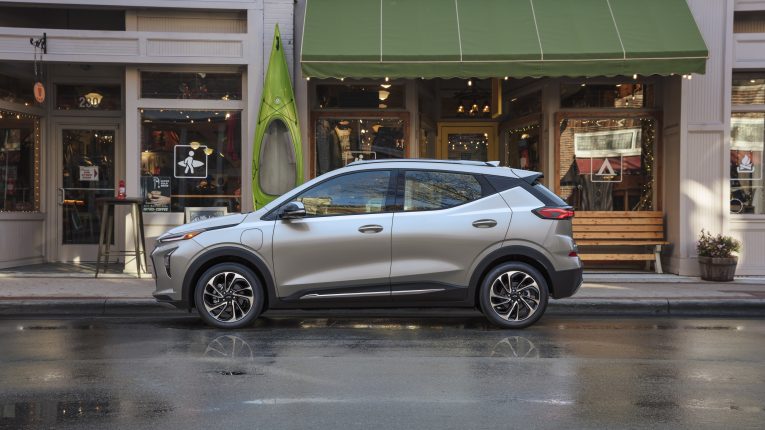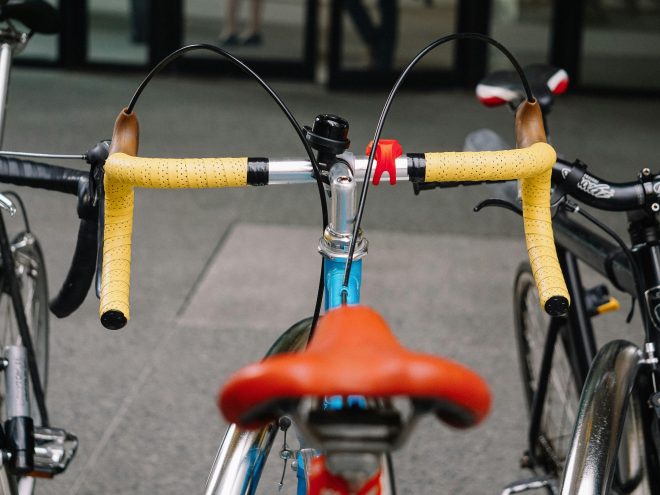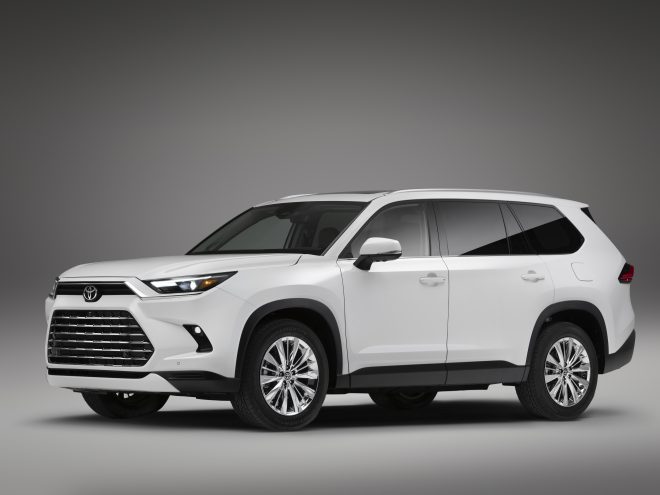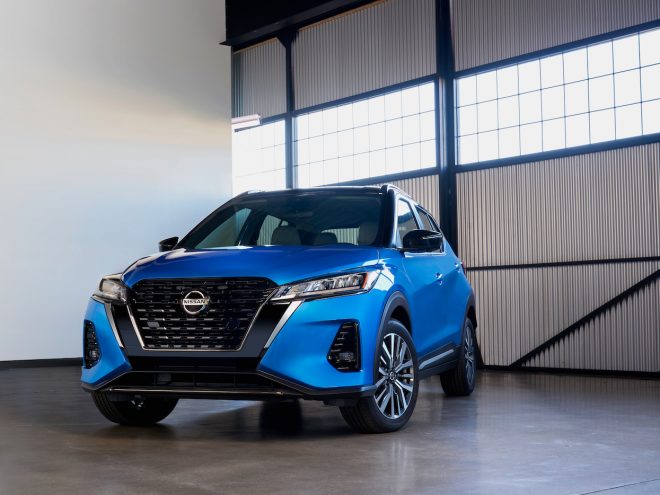
Safety Tips for Driving in the Rain
When roads are newly wet, it’s best to avoid driving altogether. Rain can be one of the most dangerous driving conditions. However, if forgoing driving is not an option, read on to learn how to be safer driving in the rain.
Check Your Car to Ensure All Equipment is Rain Ready
Ensure your windshield wipers, taillights, headlights, and tires are in good condition. According to Cannon Law, “slick roadway conditions reduce traction between tires and the road,” so balding tires pose a risk. If any of these parts need repair, make getting them fixed your priority before driving a long distance.
Keep Your Headlights On
Even if you can see okay without them, using your headlights ensures other drivers can see your car well. Many states have made it a law to require headlights when driving in the rain.
Use Your Windshield Wipers
While this tip might seem obvious, you should use your windshield wipers even during periods of light rain. This makes it easier to see oncoming cars and the road ahead.
Turn on Your Car’s Defrost
With rainy weather, condensation builds quickly, making it difficult to see through your windshield. Don’t drive until your windshield and windows are clear. Give adequate time for your windows to defrost, and pull over to the side of the road if necessary.
Drive Slow and Maintain a Distance Between Other Cars
Allow yourself extra time to get to your destination so you can drive at a slower speed. By driving slowly, you allow yourself more reaction time to prevent accidents from occurring. Driving defensively and having adequate space between cars can often be the difference between accidents.
Watch Out for Hydroplaning
One of the most common causes of car accidents in the rain is hydroplaning. Avoid driving on roads that have standing water. However, sometimes when roads are wet, there can be no way to avoid hydroplaning. It’s important to know what to do when hydroplaning occurs.
- First, take your foot off the gas.
- Next, turn your steering wheel in the direction you need the front of your car to face.
- Don’t slam your foot on the brakes or make sudden sharp turns. When your car is hydroplaning, your brakes become ineffective. Sudden braking can cause your vehicle to skid and lose control.
Following these safety tips will make you more prepared for driving in rainy weather. If operating your vehicle feels unsafe, you can always pull over to the side of the road, wait out the weather, or arrange alternative transportation.









